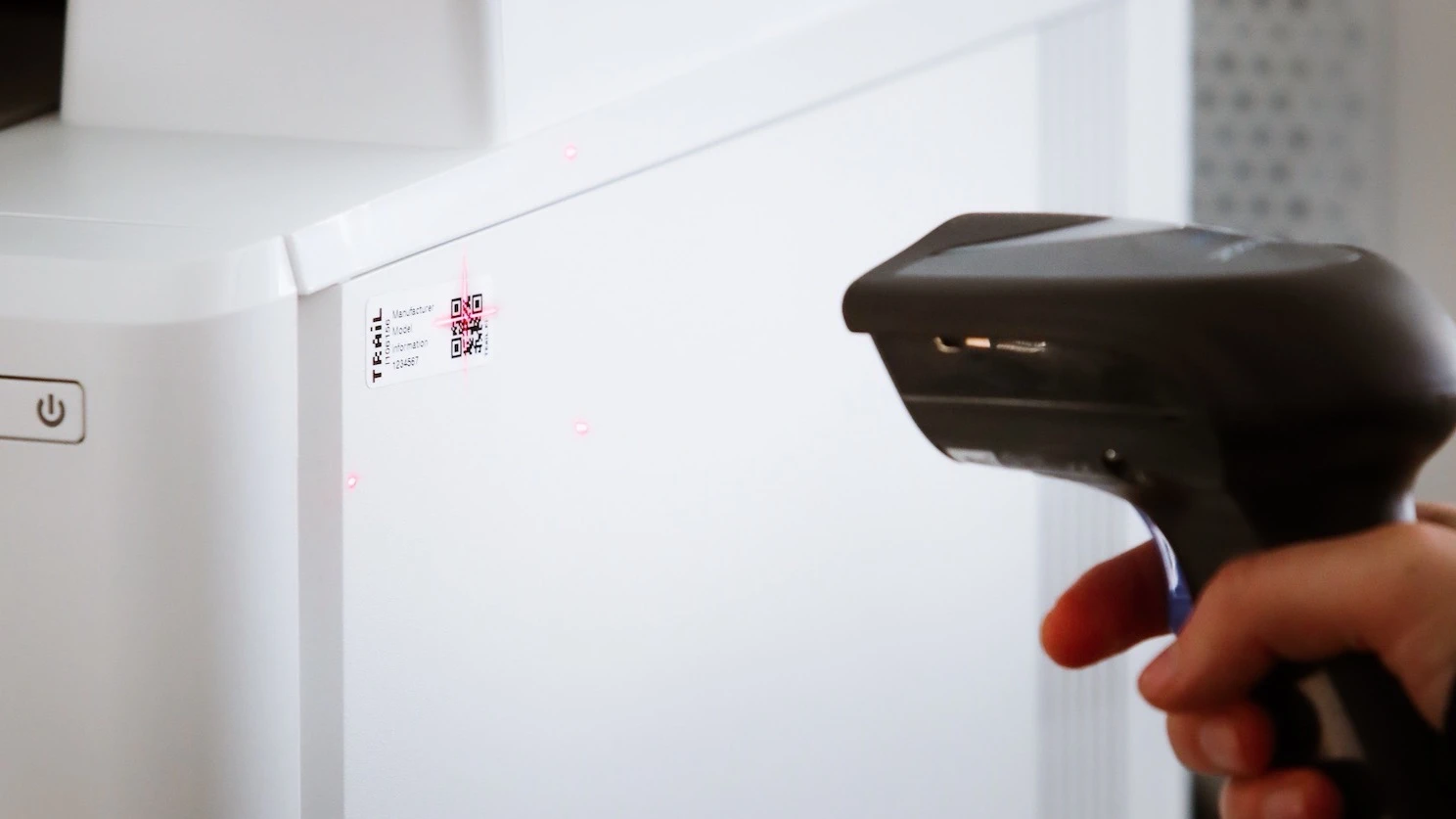5 ways to boost equipment efficiency in education
9.1.2022

School equipment can contain hundreds, thousands, or even tens of thousands of laptops, tablets, whiteboards, projectors, cameras, instruments, and so on. The list of educational equipment is endless. It’s not an easy challenge to manage all that in a practical and efficient way.
We want to introduce five very simple steps to boost equipment efficiency and gain control over all assets.
1. Learn what assets you have
Inventory is usually not the favorite term when it comes to gathering information. But without inventory, it’s impossible to know what physical assets there are. The smart solution is to complete inventory once well to ensure that all future inventories are easier to manage.
Let's go through the smart way in more detail. If all equipment information is gathered in a smart digital system, and all equipment is tagged, it becomes very easy to track the assets. Inventories can then be completed with handheld RFID readers within a fraction of the time that was spent on inventories before.
2. Tag assets to track them
To track physical assets, a practical solution is to tag them. Tags can be QR codes, or barcodes, or similar identifiers to link the physical device to the digital system. Asset tagging is the key to registering all operations to all individual assets. This is where any static template falls short.
3. Manage assets so they last long
A very simple but efficient sustainable act is to take good care of the assets you already own. With regular preventive maintenance, it’s easy to reduce asset failures and expand the lifetime of the assets. With tagged assets, a smart digital system reminds the users to complete all planned maintenance. A benefit of a digital system is also that it stores all logs of all operations for future evaluation. As a result, everyone can feel confident that maintenance is done in time and the assets are managed sustainably.
When assets serve longer and are used more productively, there is a reduced need for new ones. It is a simple but effective method to operate economically and sustainably.
4. Plan asset usage to ensure optimal use
It’s so easy to lose track of an asset. Too often when equipment is needed, it’s easier to buy a new one than to locate the original. When everyone can check the location of equipment from a system, there is no need to spend time searching or a need for excessive purchases.
Often the best system support comes from operating equipment reservations. With a modern equipment management system, it's easy to link equipment to future events or projects. With that, there is no need to ask questions about equipment availability.
With digital planning capabilities to use, the equipment also can be booked back-to-back. Meaning that no storage time is required between equipment reservations. This easily brings huge efficiency to asset usage.
5. Gather all information to make smart decisions
When the labelled equipment starts to produce valuable information about what is in use and what is not, it’s easy to decide where to invest in the future. Also, the data reveals what devices last long and which break easily.
With reliable data, it’s easy to get rid of unnecessary equipment. Even more, it becomes possible to use data to plan purchases. Schools can use the data to buy only needed equipment and select those suppliers who provide durable equipment.
From a procurement perspective, the details about purchase date, price, and financing details of the previous purchases are fantastic to have at hand when planning renewals.
Imagine if there would be a solution ready to support all the above
Well, actually there's no need to imagine. You can try it yourself. The smartest available system is Trail. Trail has been discovered already by many pioneers in equipment operations, including several schools and universities.
Trail is practical, affordable, and smart. Trail helps to streamline operations and save costs by combining available technology with innovation.
What is Trail?
Trail is an equipment management solution that helps to manage and operate all physical assets. With Trail, everyone in the organisation can check easily any equipment information at any time. Trail also provides efficiency in managing equipment reservations and maintenance.
How does Trail work?
In Trail, assets are tagged with identifier labels to attach the physical asset to the digital information. Then the tag (barcode, QR code, or RFID) is scanned whenever there are operations for that equipment.
When all operations are linked to the individual devices, the outcome is an asset register with complete life cycle information. This is how Trail streamlines operations and ensures that reliable data is available for decision-making.
What are the benefits of Trail for schools and universities?
With Trail, the school assets can be cared for in a proper way extending their lifetime. With extended lifetimes, schools can postpone renewal investments. With preventive maintenance, the risk of equipment failures can be reduced. With Trail, there is no need to worry about a broken light fixture when a school production is about to start.
When Trail is implemented, it's easy to see what equipment is used, where are the bottlenecks, and what is not used at all. The unnecessary equipment can then be sold or reused.
Trail is optimal for schools because there is no limit to the number of assets or the number of users in the system. Even the biggest campus areas can enjoy the smart ways of working and information can be shared with the whole organization.